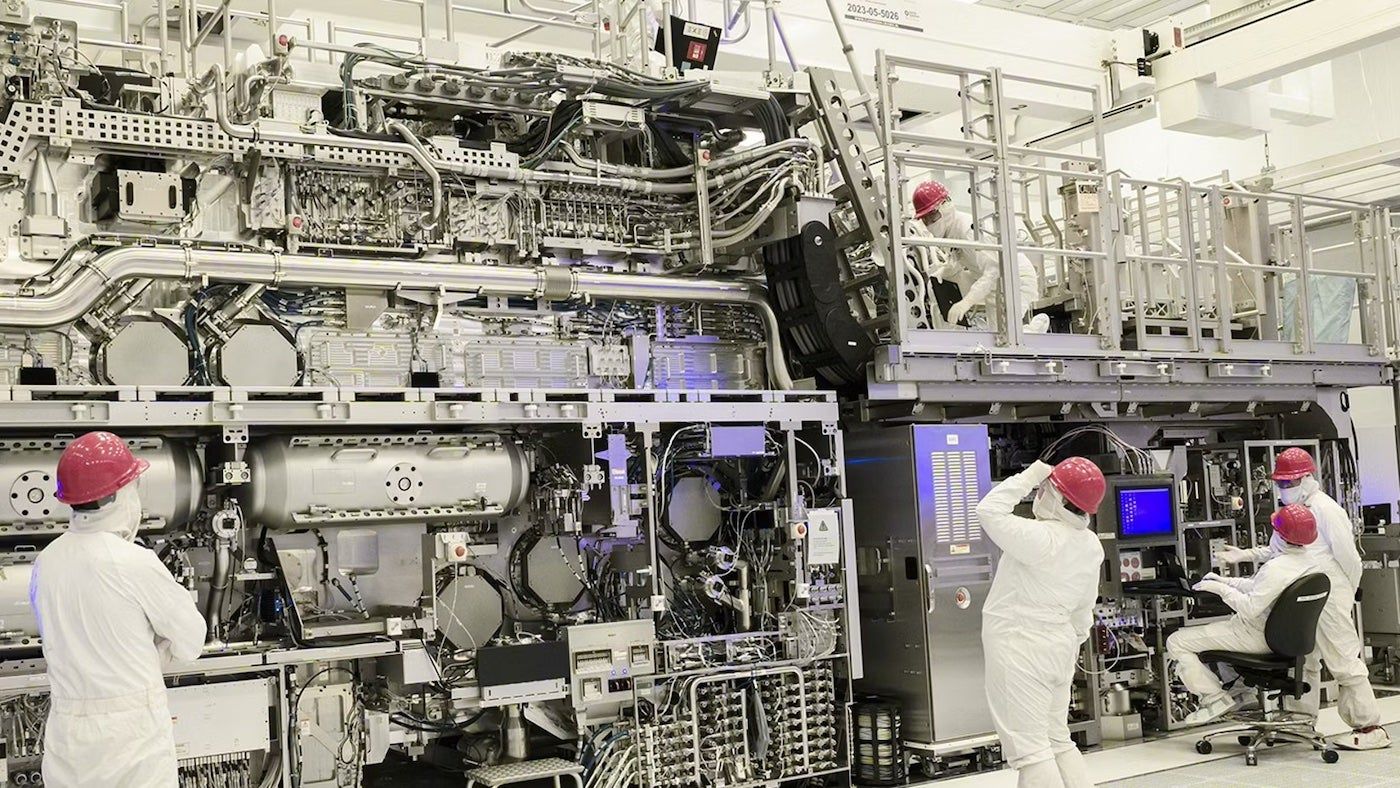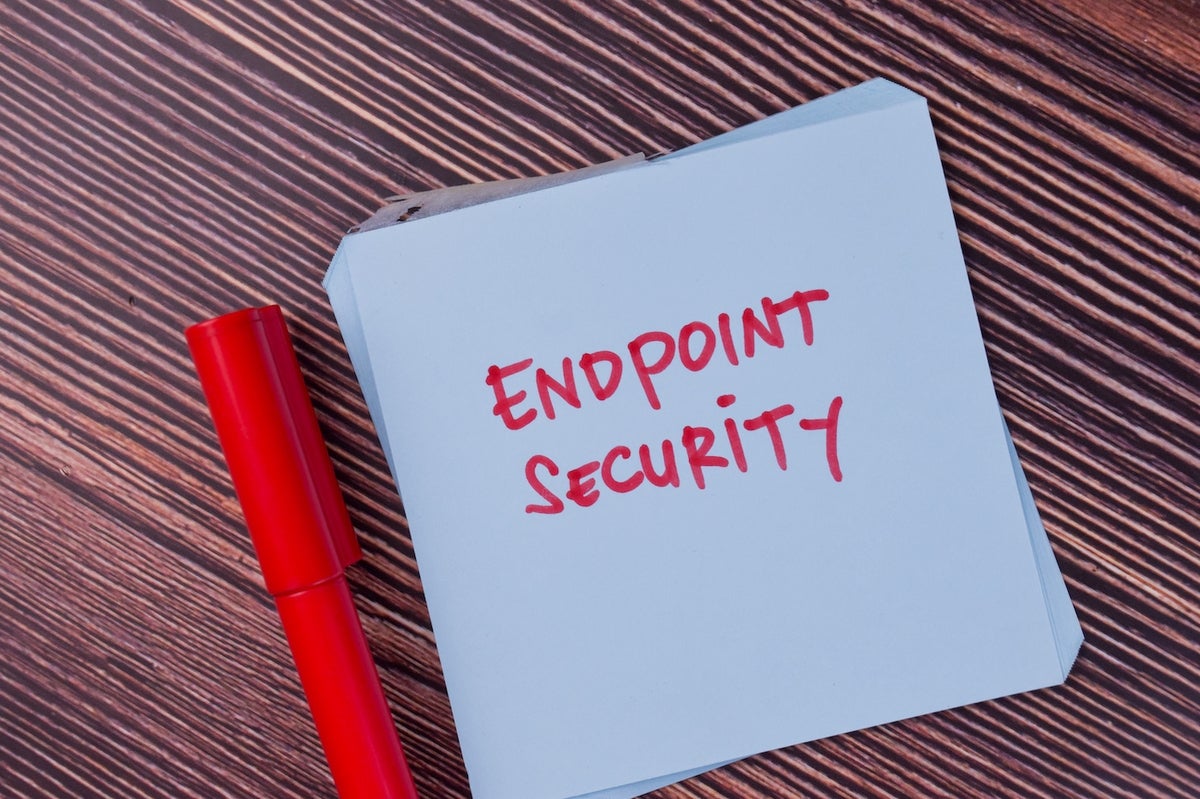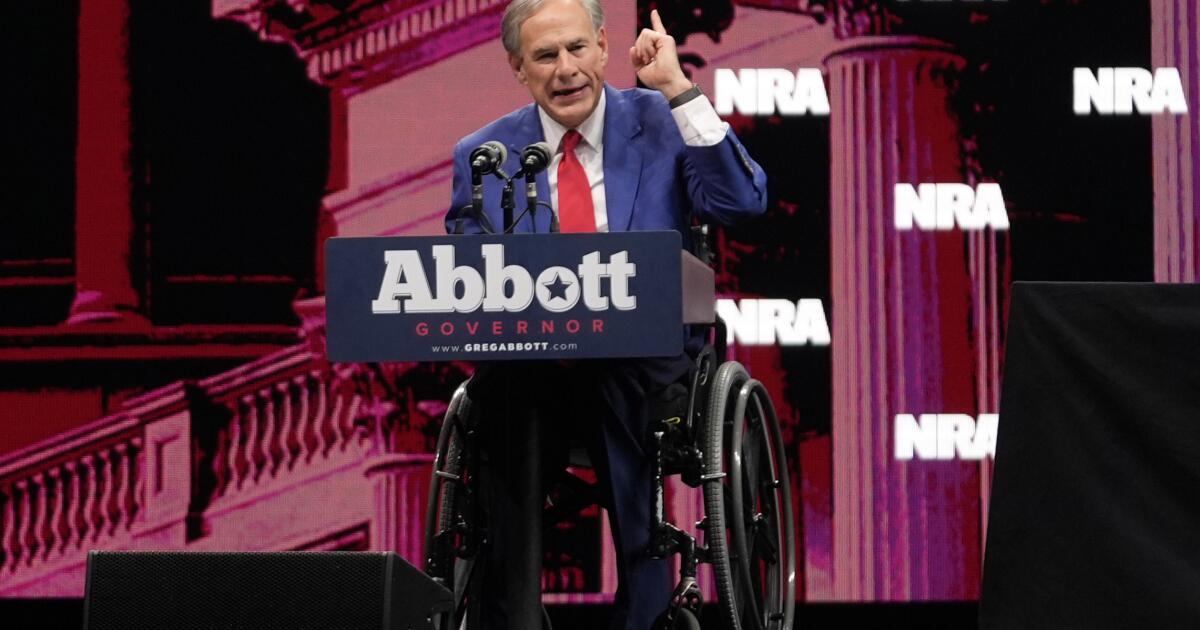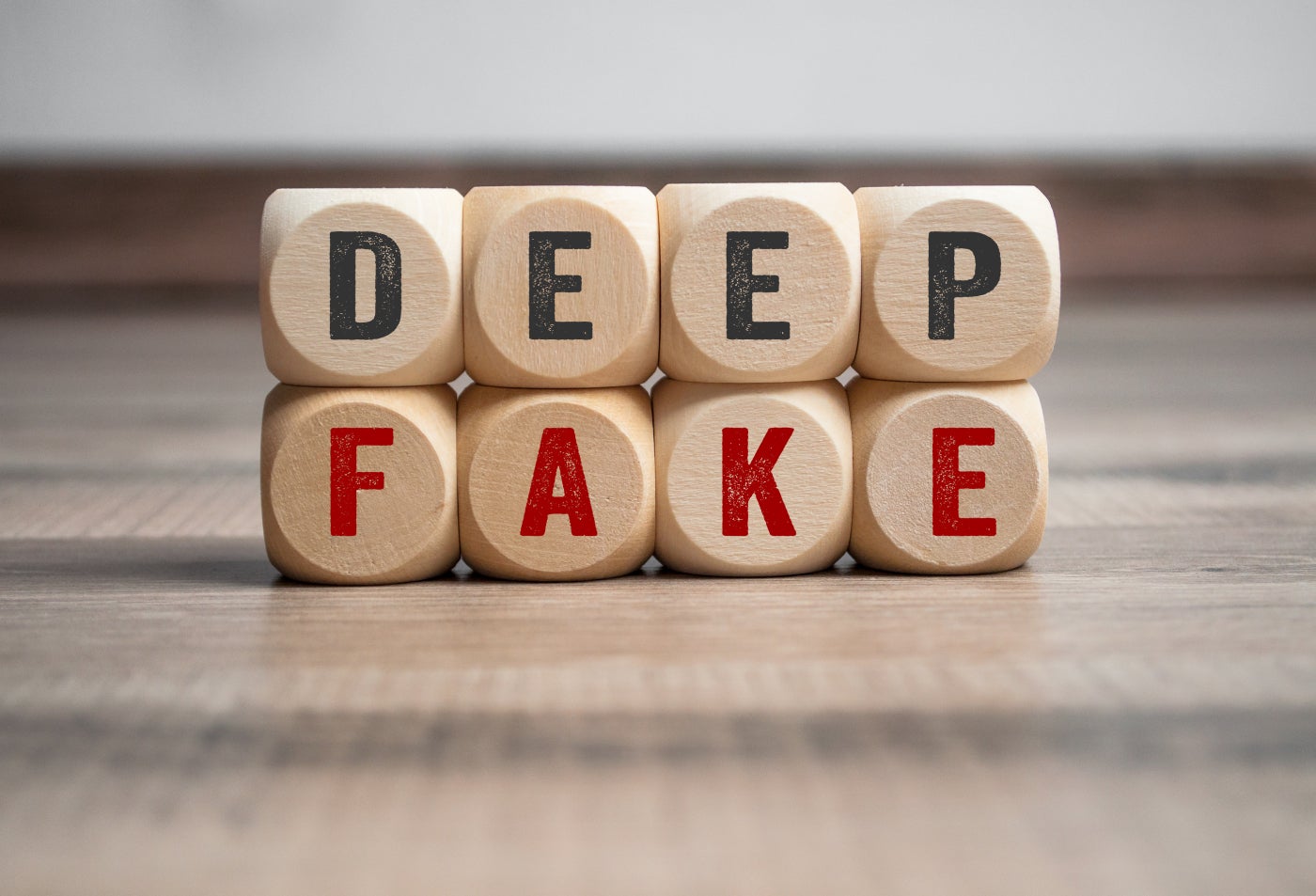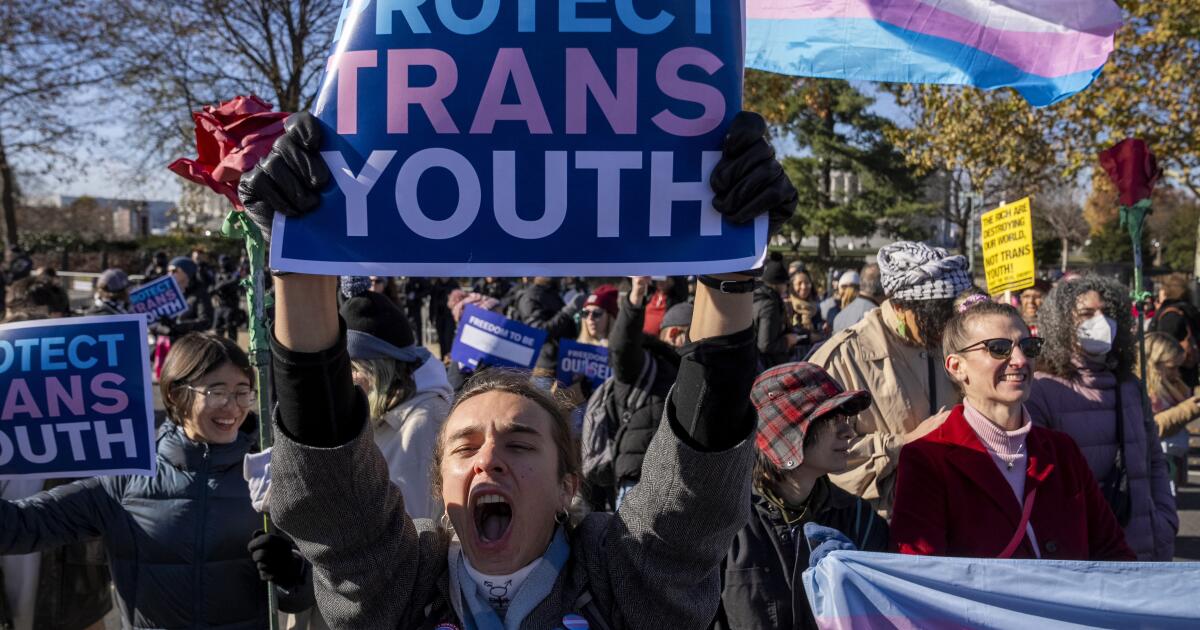Intel has tentatively agreed that the Taiwan semiconductor manufacturing company (TSMC) takes care of some of its chips manufacturing facilities, according to information. TSMC will have a 20% participation in the joint company, contributing not in cash, but a value when sharing its chips manufacturing practices and training Intel personnel, according to anonymous sources mentioned by the publication.
The rumors of a possible acquisition of Intel began turning in February, with TSMC and Broadcom considering dividing the manufacturing and design weapons of the US company among them. According to the reports, TSMC offered a participation in its proposed acquisition of the chip founditions to Nvidia and AMD, as well as Broadcom.
Both Nvidia and Broadcom initiated manufacturing tests at Intel facilities at that time, the sources said. However, Intel did not want to sell his chips design house separately from the Foundry Division, which manufactures custom chips for its customers.
See: the investment of $ 100B of TSMC in the US data centers
Intel used to be a giant in the CPU industry, but the AI boom has led to recent struggles. Unlike his rivals, Intel decided not to concentrate only on manufacturing or designing chips and, instead, participating in both. As a result, he saw his chips manufacturing efforts eclipsed by TSMC, who won Nvidia as a client.
The US manufacturing icon also had some struggles with quality in 2024, which led to its first net loss informed since 1986, and falling from First to Second on the Gartner list of the main suppliers of global semiconductors due to income growth. However, after the history of information was published, their actions received an impulse.
Intel's new CEO is presented at the bridge to revive the company
On February 28, Intel delayed the construction of two chip factories in New Albany, Ohio, for at least five years, which according to Intel Foundry Manufacturing General was “aligning the beginning of the production of our manufacturers with the needs of our business and a broader demand in the market”, as well as “administer our capital in a responsibility.”
The $ 28 billion project was green in 2022, under the leadership of former CEO Pat Gels. Intel's Board eliminated it in December after its ambitious response plan, which involved channeling money on new FABs, could not provide a remarkable growth or profitability of market share.
Gelsinger was replaced by the veteran of the Chip BU BU BUD industry in mid -March, who quickly announced that Intel would turn assets that are not part of his main mission. He said the company would now focus efforts on AI and the so -called “2.0 software”, where language models and automatic learning replace the written code manually. He also revealed his intention to hire quality engineers, boost the foundry work of Intel chips and potentially launch a personalized semiconductor service.
President Trump supports TSMC's participation with Intel
The president of the United States, Donald Trump, encouraged TSMC to help take Intel out of his fall with a joint company, according to Reuters. It is anxious to relive the old manufacturing icon of the United States while strengthening national production, so it does not want any Intel to completely foreign property. As a result, TSMC is limiting its participation in Intel to less than 50% to guarantee regulatory approval under the Trump administration.

